IndyCar, LLC, based in Indianapolis, Indiana, is the sanctioning body for American open-wheel racing. It oversees two series: the premier IndyCar Series, highlighted by the Indianapolis 500, and the developmental Indy NXT series. IndyCar is a member of the FIA through ACCUS.
1979: CART broke away from USAC
In 1979, CART primarily sanctioned Indy car racing when the organization broke away from USAC.
March 1996: CART lawsuit against Indianapolis Motor Speedway
In March 1996, CART filed a lawsuit against the Indianapolis Motor Speedway in an effort to protect their license to the IndyCar mark after the Indianapolis Motor Speedway had attempted to terminate it.
1996: CART retaliates with U.S. 500 race
In 1996, CART retaliated by scheduling what was supposed to become its new showcase event, the U.S. 500, at Michigan International Speedway on Memorial Day, the traditional date for the Indy 500.
1997: CART returned to branding as CART
In 1997, CART returned to branding as simply CART, and resurrected the term "champ car" to describe their vehicles.
1997: New technical rules for IRL
In 1997, the new technical rules featured less expensive chassis and "production-based" engines that were purchased rather than leased, but most importantly, were technically incompatible with CART specifications.
2002: IRL to use IndyCar name at the end of 2002 season
Following a settlement, the IRL agreed not to use the name before the end of the 2002 season.
2002: IRL began to draw top teams from CART
In 2002, the IRL began to draw top teams from CART, contributing to the latter's bankruptcy.
2003: Additional safety changes implemented by IRL
Following a series of accidents in 2003, including accidents involving Mario Andretti and Kenny Bräck, as well as the death of Tony Renna, the IRL made additional changes to reduce speeds and increase safety.
2003: Indy Racing League renamed IndyCar Series
For the 2003 racing season, the Indy Racing League announced it would rename their premier series the IndyCar Series.
2003: Champ Car World Series replaced CART
In 2003, CART was replaced by the Champ Car World Series.
January 23, 2008: Tony George offered proposal to Champ Car management
On January 23, 2008, Tony George offered Champ Car management a proposal that included free cars and engine leases to Champ Car teams willing to run the entire 2008 IndyCar Series schedule in exchange for adding Champ Car's dates to the IndyCar Series schedule.
February 10, 2008: IRL representatives travel to Japan
On February 10, 2008, Tony George, along with IRL representatives, traveled to Japan to discuss moving the Indy Japan 300 at Twin Ring Motegi to accommodate the Long Beach Grand Prix.
February 2008: Agreement to unify IndyCar and Champ Car
In February 2008, an agreement was completed to unify IndyCar and Champ Car for 2008.
2008: IndyCar Series and Champ Car World Series unified
In 2008, the IndyCar Series and the Champ Car World Series were unified, with the unified series using the IndyCar Series name.
February 2010: Randy Bernard announced as IRL CEO
In February 2010, Randy Bernard was announced as the new IRL CEO.
January 1, 2011: IndyCar name adopted
On January 1, 2011, the trademark name INDYCAR was officially adopted, replacing the Indy Racing League name.
2011: Indy Racing League name dropped, becomes IndyCar
In 2011, the sanctioning body dropped the Indy Racing League name, becoming IndyCar to reflect the merged series.
October 2012: Randy Bernard fired as CEO
In October 2012, Randy Bernard was fired as CEO and replaced by Mark Miles.
November 1, 2013: IndyCar LLC legal name change
On November 1, 2013, the company's legal name was changed to INDYCAR LLC.
2013: IndyCar collaborated with DreamWorks Animation to launch the film Turbo
In 2013, IndyCar collaborated with DreamWorks Animation to launch the comedy film Turbo.
November 2019: Penske purchased IndyCar and Indianapolis Motor Speedway
In November 2019, Penske Entertainment Corp., a subsidiary of Penske Corporation, purchased IndyCar and the Indianapolis Motor Speedway from Hulman & Co.
Mentioned in this timeline
The United States of America is a federal republic located...
Japan is an East Asian island country situated in the...
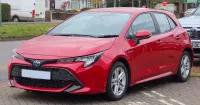
A car also known as an automobile is a wheeled...
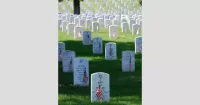
Memorial Day is a U S federal holiday observed on...
Michigan is a peninsular state in the Great Lakes region...

Sport encompasses physical activities and games frequently competitive and structured...
Trending
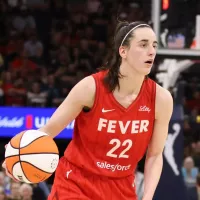
2 days ago Caitlin Clark's soaring earnings: $114K WNBA salary, $16M sponsors despite injury in 2025.
6 days ago Jacksonville area anticipates rain as warm trend persists in Northeast Florida, Southeast Georgia.
7 days ago Anthropic CEO to testify on Chinese AI cyberattack; Chatbots becoming criminals.
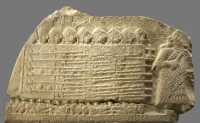
4 months ago Russia-Ukraine War Intensifies: Key Events on Day 1,248, Fierce Fighting in Pokrovsk
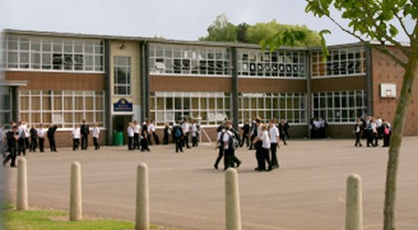
18 days ago Texas Schools Ordered to Remove Ten Commandment Posters After Judge's Ruling
14 days ago Samuel triumphs at NCAA Cross Country; Oklahoma State and NC State secure team titles.
Popular
Matt and Ross Duffer known as the Duffer Brothers are...
Aftyn Alyssa Behn is an American politician currently serving as...

XXXTentacion born Jahseh Dwayne Ricardo Onfroy was a controversial yet...

Candace Owens is an American conservative political commentator and author...

Ilhan Omar is an American politician currently serving as the...
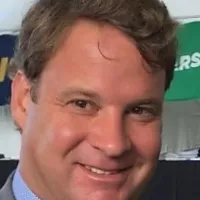
Lane Kiffin is an American football coach currently serving as...